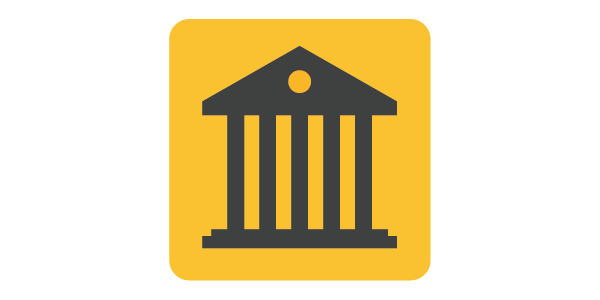The role of governance in digital transformation
By Team Arrk |
|
4 mins read |

There are a host of new challenges facing the digital sphere – from the need for faster integrated business cycles, to increased calls for cross-silo capabilities, all the way through to the ever growing number of risks such as the potential for confidentiality and regulatory breaches. So how do we address these digital challenges?
The solution, according to a recent Capgemini research report, is digital governance. However, how exactly can companies improve their digital governance capabilities?
What are the elements needed to make digital governance work?
There are a number of mechanisms that have been outlined to improve digital governance. However, here are the most common:
Shared digital units
One key factor for many companies looking to implement digital transformation is to create shared units that are used throughout the firm. According to the Capgemini report, shared digital units can be used to: develop digital services and develop new digital services.
With shared units it’s possible to reduce the costs typically associated with digital transformation because you are reducing the number of redundant initiatives needed in a local unit, and you don’t need as many different areas of technology, or as many people. Many companies choose to create a catalogue that outlines how to avoid redundant activities – and it may also be possible for them to carry out corporate wide investments that aren’t feasible for individual units.
In addition, the same study reveals that missing skills are the biggest barrier towards making a digital transformation work. However, with shared units it’s possible to get the right people in place and then allow them to work closely with others and pass these skills on.
Governance committees
Another possibility is to establish an actual committee for digital transformation in the workplace. For example, a steering committee can aim to answer questions such as how to prioritise certain digital initiatives; how to allocate resources; and what rules need to be adopted to ensure the consumer experience is always consistent.
Less common would be an innovation committee which could look to answer questions around emerging technology. Bringing people together around the table who have different viewpoints and different perspectives helps to resolve issues and opens up new ideas.
New roles
Another possibility with digital governance is to establish specific leaders who will lead certain digital aspects of the business. For example, a chief digital officer may take responsibility for the web, social media, mobile and e-commerce overall – while there may be individual managers within each of these sections.
How do you make these elements work?
The main elements of digital governance must follow a number of key principles. Here is a brief rundown of the different paths you should follow.
- Don’t slow things down | Governance doesn’t mean slowing things down with endless analysis. If anything, governance should mean the opposite – you should look to unblock anything that might be slowing down delivery and make decisions that help to increase the pace of delivery. Governing well actually means helping the team to avoid external pressures.
- Make decisions at the right time | Focus your decisions on meeting the needs of the user and ensure that the team itself is empowered to make decisions so that a higher level is only called on when absolutely necessary. Short but regular meetings can be an ideal way of keeping on top of what’s going on without slowing down the pace of delivery.
- Find the right people | Remember that nothing will work without motivated, empowered and honest people. Make sure they are focused on key performance indicators and goals and that they are rewarded accordingly.
- Be visible | While it’s important to give your team room to manoeuvre and control their own actions for the bulk of their working time, make sure they know you are there. Regular meetings and visits is one way to achieve this – make sure you are on hand for demonstrations of progress and offer any feedback you deem necessary.
- Focus on value | Make sure your team is focused on delivering value to the end user. There should be a clear vision in place and ways to measure success. Good governance means giving your team the opportunity to develop and explore any ideas that could potentially add value to the product, while also ensuring ideas don’t go too far if they won’t work.
- Have trust | If you support the individuals in your team then have trust in them. Place the power in their hands as much as possible while still monitoring their progress. Focus primarily on outcomes and offer suggestions for improvement rather than trying to radically change things.
Digital governance is about taking control of projects to ensure they are focused and that any potential hitches can quickly be ironed out. With a motivated and talented team in place, governance should not be focused on pushing a team to follow a strict criteria – it should be about empowering that team, bringing out their capabilities and ensuring they have the tools they need to flourish. With the right leadership, a business can transform for the better – and the same is true for its digital approach.








